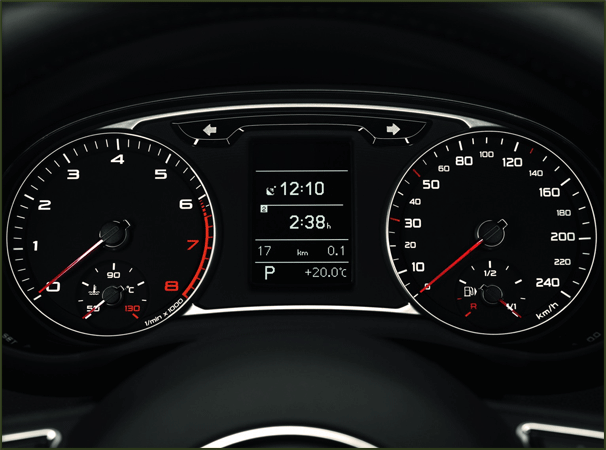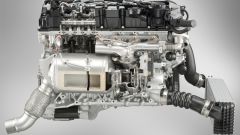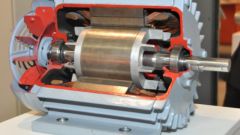Instruction
1
To determine a faulty thermostat and its causes, let us remember how it works. The thermostat consists of a housing, in which is placed a liquid or solid filler having a large coefficient of linear expansion. The building is connected to the valve.
While the coolant is cold, the valve is in the low position (path for the movement of fluid through the radiator closed). As the engine heats up and the thermostat housing. When the temperature reaches preset values (82-90°, depending on type of thermostat), the case expands and opens the valve. Coolant begins to flow into the radiator where it is cooled.
While the coolant is cold, the valve is in the low position (path for the movement of fluid through the radiator closed). As the engine heats up and the thermostat housing. When the temperature reaches preset values (82-90°, depending on type of thermostat), the case expands and opens the valve. Coolant begins to flow into the radiator where it is cooled.
2
What happens when the thermostat is faulty? In the case when the valve remains open (does not fall in the down position), when you run the engine for long time running cold. This leads to increased mechanical wear of cylinders, pistons, engine lubrication system works poorly, because a viscous cold oil is worse than is supplied to the friction parts of the engine.
When the valve is permanently closed, the motor is fine. However, with increasing temperature the valve opens and the fluid moves only in the cooling shirt of the engine and the stove in the cabin of the car. This causes the engine to overheat with all the ensuing consequences.
When the valve is permanently closed, the motor is fine. However, with increasing temperature the valve opens and the fluid moves only in the cooling shirt of the engine and the stove in the cabin of the car. This causes the engine to overheat with all the ensuing consequences.
3
If the above signs are there, exclude other causes that may lead to such. To do this, check:
- coolant level;
- tension the timing belt the water pump;
- faulty temperature sensors.
- coolant level;
- tension the timing belt the water pump;
- faulty temperature sensors.
4
In the case when the cause of the malfunction of the cooling system is not identified, check the thermostat. Remove it and inspect. If the main parts are intact, and the valve is dirty, clogged with limescale, you can try to clean it.
To know if was the cleaning, put the thermostat in a container of water and start it heating. Temperature measure thermometer with scale measuring 100 degrees or more. When heated to a temperature of thermostat opening (this figure is usually stamped on the thermostat housing) the valve starts to open. If not, thermostat is faulty and requires replacement.
To know if was the cleaning, put the thermostat in a container of water and start it heating. Temperature measure thermometer with scale measuring 100 degrees or more. When heated to a temperature of thermostat opening (this figure is usually stamped on the thermostat housing) the valve starts to open. If not, thermostat is faulty and requires replacement.
Useful advice
To ensure that the thermostat is not clogged with scum, is not rusted and destroyed, use only high-quality coolant. Do not fill the cooling system hard water, use only distilled.




